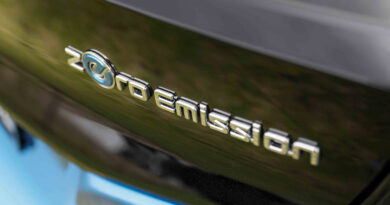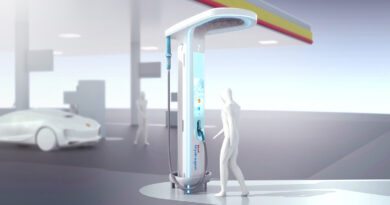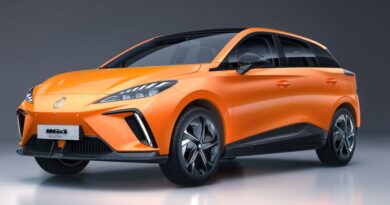Mercedes-Benz EQS… long range, low drag
The Mercedes-Benz EQS is both big and a big deal. Long, wide and luxurious, this battery-powered sedan is notable for its Tesla-trumping driving range and record-setting aerodynamics. But it also the first of a new and purpose-designed generation of EVs from the German brand.
Let’s look at the headline figures first…
The driving range claim is “up to 770km” measured according to the WLTP test standard, way more than anything currently available from Tesla. It’s a provisional number that applies specifically to the 450 Plus, one of two EQS variants that will be available from launch.
FIRST DRIVE: Mercedes-Benz EQS450+ electric limousine
Mercedes-Benz claims the EQS has the best aerodynamics of any car ever produced, with a 0.20 Cd (coefficient of drag). It’s a praiseworthy number that goes a long way to explaining the car’s exceptional driving range, but it hold true only when the EQS is equipped with a specific 19-inch wheel and tyre package, and when the Sport driving mode is selected.
If you’re thinking that Stuttgart is striving to make a very good first impression with this car, you’d be right. The EQS is the first Mercedes-Benz built on the company’s new purpose-designed electric vehicle architecture, or EVA as they like to call it. All their EVs so far – EQC, EQA and EQB – are built on compromise platforms that are shared with existing ICE-powered models.
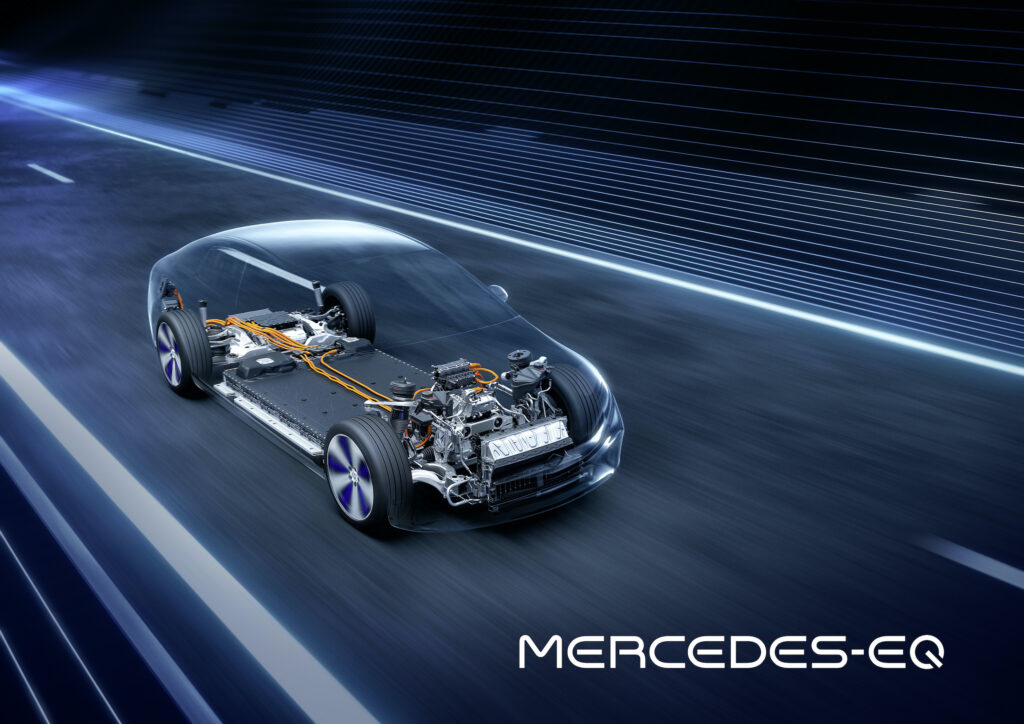
Mercedes-Benz has confirmed there are three more EVA-based models on the way. They’re the EQE, a smaller car than the EQS, and a pair SUVs similar in size to these two. And there are sure to more we don’t yet know about.
Other than the high-tech interior that includes a “Hyperscreen”, we do not know what the EQS looks like without camo cladding. That will not happen until 15 April, when a blockbuster online reveal is to be staged. In the meantime Mercedes-Benz has been staging smaller events designed enhance both the car’s tech credentials and the company’s reputation for engineering excellence.
Sales of the EQS open in Europe in June, and the car will reach Australia very late this year or early in 2022. Pricing has not be announced, but expect it to be very expensive. The EQS, after all, is the EV equivalent of the range-topping S-Class.
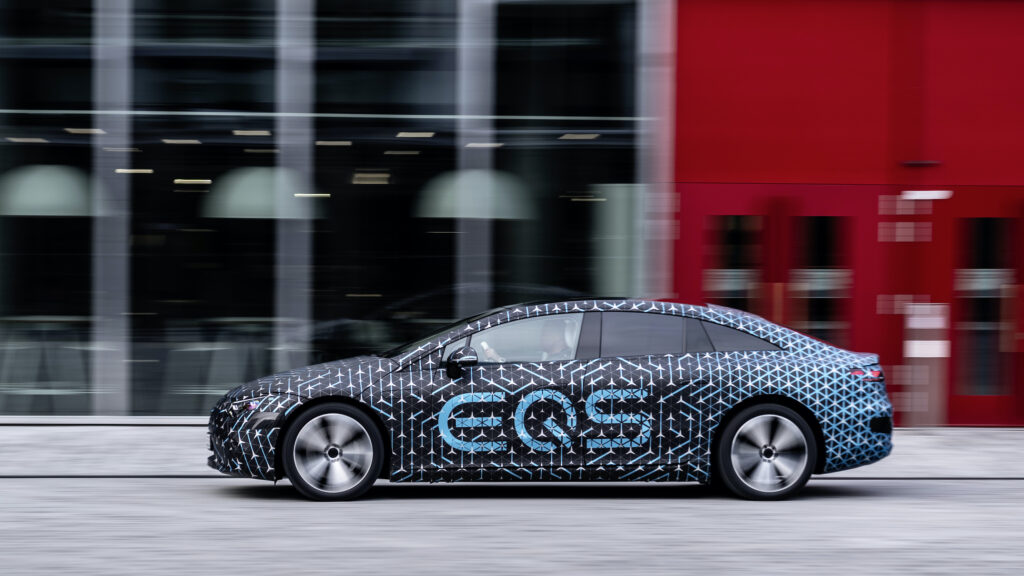
Taking a (virtual) ride
“We are driving just around a little bit on the streets around Stuttgart,” says Frank Wundrak, the engineer in overall charge of EQS testing. Three cameras and a microphone stream what he’s doing and saying to my laptop, which is a very long way from Germany but at least in the same time zone.
“Now we are sitting in the EQS 450 Plus,” he explains before the virtual co-drive gets under way. “It’s the rear-wheel drive car. It has an output power of 245kW and a maximum torque of 550Nm.”
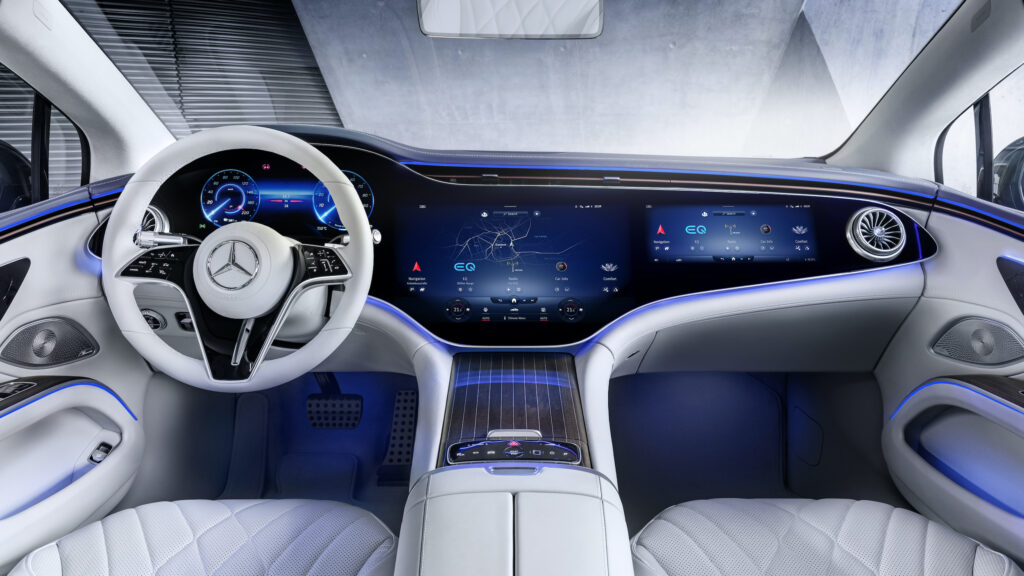
The other version at launch will be the EQS 580. With dual motors, one for each axle, it’s all-wheel drive. Maximum combined outputs are 385kW and “more than 800Nm”.
Both launch models will come with a battery pack with a usable capacity of 108kWh. The pack is manufacture in Stuttgart by Mercedes-Benz and the company also developed the battery management software, which can be updated over the air. “We will have another battery, with 90kWh, which will come later.”
“With the big battery we have a range up to 770km,” Wundrak says. “I’m sure your family will need a toilet stop before the EQS needs a recharging stop.”
If the EQS is connected to a powerful charger, these stops will be short. The car can take up to 200kW from a DC fast charger. The engineer explains this means being able to add 300km of driving range in only 15 minutes. “Even if you need a charging stop you are quite fast back on the road.”
“We are really proud to have a new world record with the drag co-efficient. We will have 0.20. That’s one real highlight of the car.”
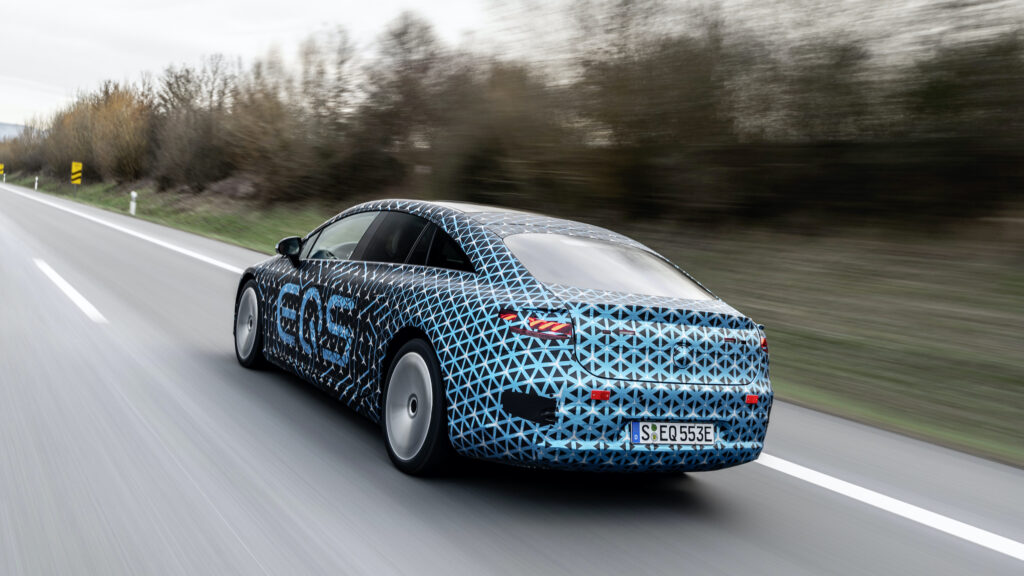
“The chassis of the car is almost like in S-Class,” says Wundrak, but the EQS won’t drive exactly like its ICE-powered sister model. Though both have cushy air suspension, the EV will feel a little more lively and connected to the road. “Our aim was not the floating style of an S-Class.”
At well over five metres long, it’s around the same size at the long-wheelbase variant of that model. But unlike the S-Class, the EQS is a hatchback, not a sedan with a separate boot. The cargo compartment is large; more than 600 litres.
“It will be only one wheelbase,” he says, referring to the EQS. “but we of course have more models based on this electric vehicle architecture. And of course there could be more…”
EQS designer details
“We believe purpose architecture deserves purpose design,” says Mercedes-Benz exterior design chief from a studio in Stuttgart. He explains it this way…
“Since there is no combustion engine under the hood any more, we shortened the hood and we extended the greenhouse. You see from outside that there is more space inside.”
Mercedes-Benz calls the look of the EQS “one bow” design, a reference to the arching curve of the roofline. The evolution of this idea isn’t new. It goes all the way back to the company’s Concept Vision show car of 2015. The effect is to lower the silhouette, “so the car almost looks like a four-door coupe”.
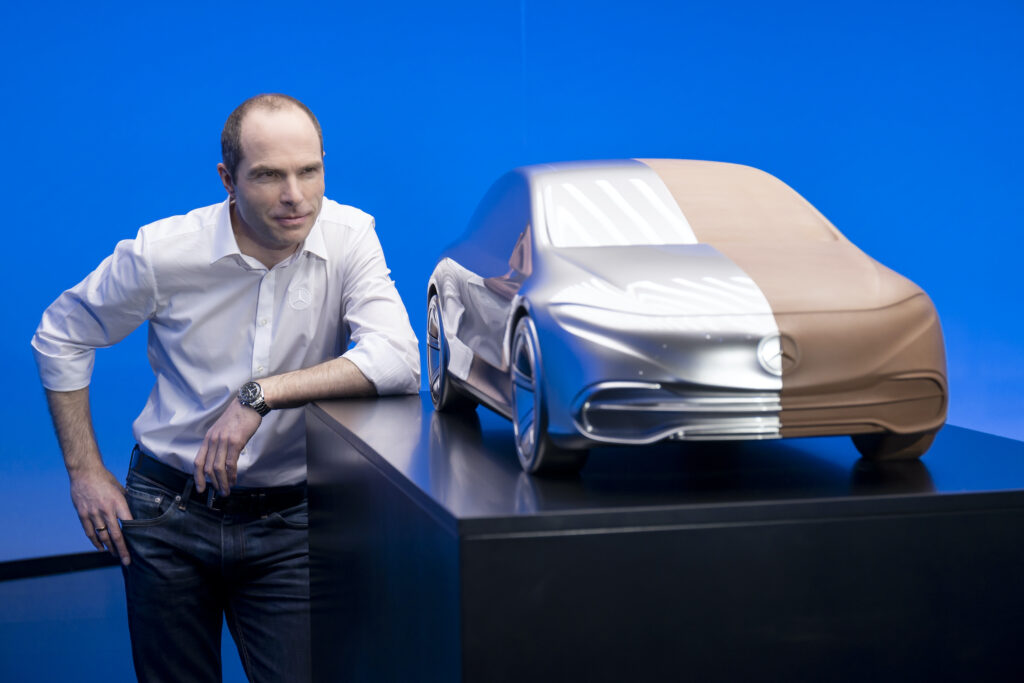
Lesnik points out some intriguing design details, like the grille of the EQS. “Of course it’s not an air intake any more, but we believe every Mercedes needs a face, an expression,” he says “And, by the way, there are also sensors behind.”
The closed grille, with its pattern of 3D Mercedes-Benz stars floating in an expanse of glossy black, also aids aerodynamics. But many drag-reducing features are hidden.
“We spent countless days and hours in wind tunnels optimising every little detail,” Lesnik remembers. There are small aero devices on the underside of the EQS.He confirms the 0.20 Cd value won’t apply to all variants. “It is not for every possible combination. We have different lines, there will be different bumpers, different wheels, different sizes. It goes up to 22-inch wheels, and the bigger the wheel is the worse it is for drag co-efficient.”

